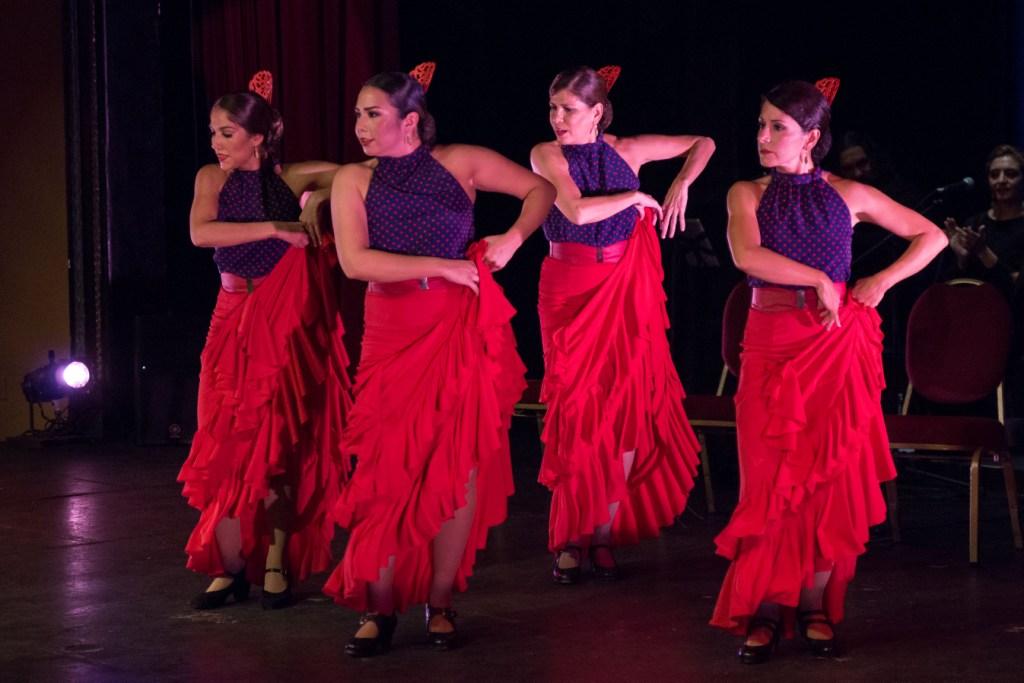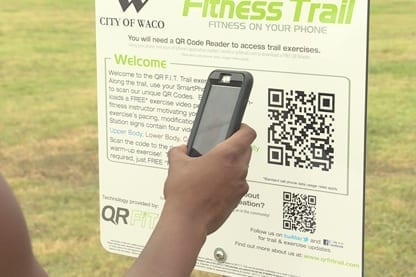Report Outlines Strategies for Cities to Better Serve the Health of Their Residents
Active Parks, Healthy Cities distills the findings of the National Study of Neighborhood Parks into four major recommendation categories: Programming, Design, Marketing and Outreach, and Measuring Park Use. The report curates multiple case studies for each of the four major findings from cities of different sizes and geographies for park and recreation professionals, health organizations, advocacy groups and others to replicate. Neighborhood parks that are well designed, programmed and marketed present an opportunity to address public health challenges.

Key Findings
Proximity Does Not Equal Usage
Proximity to a park does not guarantee people will use it: amenities, signage, and programming all determine who is active in parks and how people use them.
Young Girls Are Underrepresented
Girls are less likely than boys to spend time in parks; only 40% of children and 35% of teenagers observed in neighborhood parks were girls.
Fewer Seniors Are Using Parks
Adults comprise 49% of park visitors. Seniors account for only 4% of park users, even though they make up nearly 20% of the general population.
Walking Loops Promote Fitness
When walking loops are present in parks, twice as many seniors are active. Walking loops encourage more people to engage in physical activity, yet less than one-third of neighborhood parks in the United States have pathways for walking.
Local Parks Encourage Healthier Lifestyles
A nearby park equipped with the right facilities and programming can help get people off the couch and outside where they have a better chance to enjoy healthier lives.
Improving Park Programming
Nothing increases park use and physical activity as much as programming—providing supervised activities to help people make use of the space—with each additional supervised activity leading to a 48 percent increase in park use and a 37 percent increase in physical activity.
Programming for Seniors
Seniors age 60+ comprise 18% of the population but only 4% of neighborhood park users. Physical activity can help prevent or mitigate the impact of chronic diseases, so park systems should invest in building better walking trails and enhanced programming to provide structure, encouragement, companionship, and fun.
Programming for Children
Children greatly benefit from programming, particularly if it includes activities that build physical coordination and social interaction. Parks can also play a critical role in fighting hunger during the summer, when there is no free school lunch, by coordinating activities with free summer lunch programs.
Programming for Pre-Teen and Teen Girls
Females are underrepresented in parks. Among teenagers, boys outnumber girls 65 to 35%. As for active sports, only 8 out of every 100 girls play sports in neighborhood parks, and for teen girls, it’s only 4 out of every 100. Teen and pre-teen girls require particular attention when it comes to park programming.
Programming for the General Population
All local residents benefit from programming, particularly the type that encourages active, healthy lifestyles. Several cities across the country hold effective health and wellness initiatives fueled by partnerships, resulting in improved quality of life for residents and fostering an increased sense of community.
Improving Park Design
Parks evolve over time. By responding to community needs—and often by working in partnerships to stretch dollars further—city park departments can make design improvements that enhance health. Here are some elements found to be most significant by the National Study of Neighborhood Parks.
Walking Loops
Parks with walking loops were found to have 80% more users, over twice as many seniors, and 90% higher levels of physical activity. Only 29% of neighborhood parks have walking loops despite these statistics.
Play Areas
Twenty-five percent of all children’s park use takes place in play areas, which are the most common facility in neighborhood parks. Not all playgrounds inspire equal amounts of activity. Our study found that for every play element added to a playground, use (and activity level) increases by 50%.
Non-Traditional Activities
Everyone enjoys something new—and that goes for sports and recreation, too. Over the years there have been all kinds of fads, from hula hoops to rollerblades to skateboard parks. Some have come and gone, others have stayed and grown. Here are some new ones that can provide health benefits in neighborhood parks.
Restrooms
Maintenance of traditional brick and mortar bathrooms can place significant burdens on park agencies—from routine cleaning to removal of graffiti and even dealing with the theft of copper pipes. In our research, we found cities creating innovative outdoor restroom designs that go beyond the unsightly portable sanitation units you’d expect.
Park Marketing and Outreach
On-site marketing, such as banners, posters, and signs, are proven effective at increasing park use and physical activity, and many cities are effectively using social media to connect people with parks. The study found that park departments deploying these kinds of publicity saw a 62% increase in users and a 63% increase in physical activity.
Measuring Park Use
One of the key findings of the study was that most neighborhood parks are underused, a fact that only emerges with measurement. Parks that are well-used are much more likely to have a vocal constituency to support them, and park agencies that measure park use are better positioned to justify public spending to maintain and enhance them.
About the Study
The RAND Corporation and City Parks Alliance, with help from The Trust for Public Land and funding from the National Institutes of Health, National Heart, Lung and Blood Institute, led a National Study of Neighborhood Parks to identify to what degree neighborhood parks in America’s cities encourage people to be physically active.
Over a two-year period (2014–2016) data collectors observed park design and behaviors in 174 neighborhood parks in 25 cities across the country. Researchers documented park use, including who was using the park, their age, gender, and level of physical activity (sedentary, moderate or vigorous), specific activities, as well as park characteristics, amenities, and current conditions. The research team also collected information on how parks were perceived by those who used them.
Armed with this information, parks and recreation departments, local decision-makers, and advocacy groups could seek improvements to existing parks that could help encourage more physical activity, improving overall health of residents.
Field staff collected data at selected parks within each city using the System for Observing Play and Recreation in Communities (SOPARC) method.
Cities in which parks were observed include: Fresno, CA; Jacksonville, FL; Lincoln, NE; Cleveland, OH; Los Angeles, CA; Columbus, GA; Manchester, NH; Pittsburgh, PA; San Francisco, CA; Kansas City, KS; Albuquerque, NM; Dallas, TX; Victorville, CA; Topeka, KS; Buffalo, NY; Waco, TX; Pueblo, CO; Louisville, KY; New York, NY; Westminster, CO; Flint, MI; Yonkers, NY; Gainesville, FL; St. Louis, MO; and Winston-Salem, NC.
The research team included Deborah A. Cohen, Senior Natural Scientist at the RAND Corporation; Catherine Nagel, Lead Investigator, Executive Director of City Parks Alliance; and Peter Harnik, Founder, Center for City Park Excellence, The Trust for Public Land.
Their published articles include: Exercise Bargain: Are Walking Loops Worth the Investment? in Environmental Health Perspectives; The Prevalence and Use of Walking Loops in Neighborhood Parks: A National Study in Environmental Health Benefits; and The First National Study of Neighborhood Parks, in American Journal of Preventive Medicine.
























